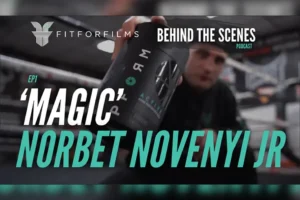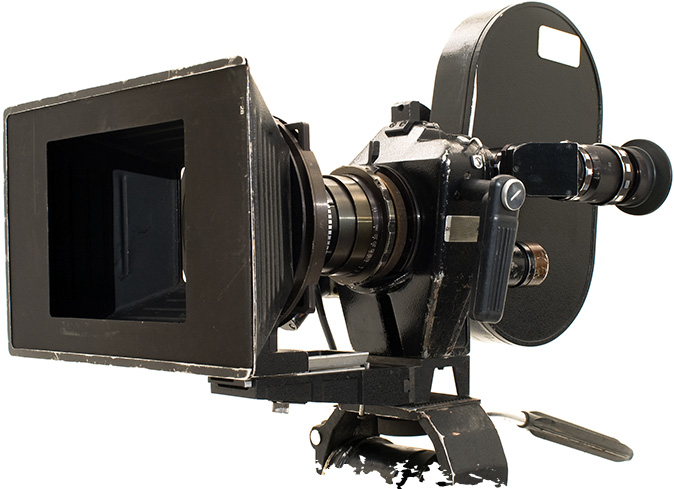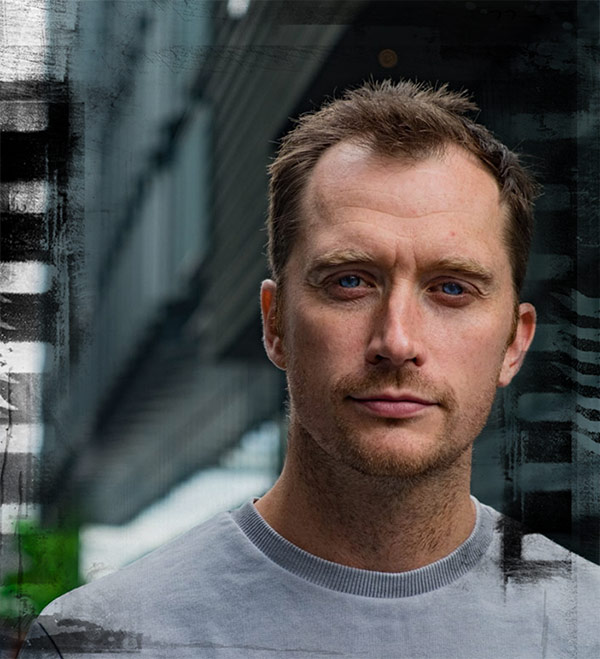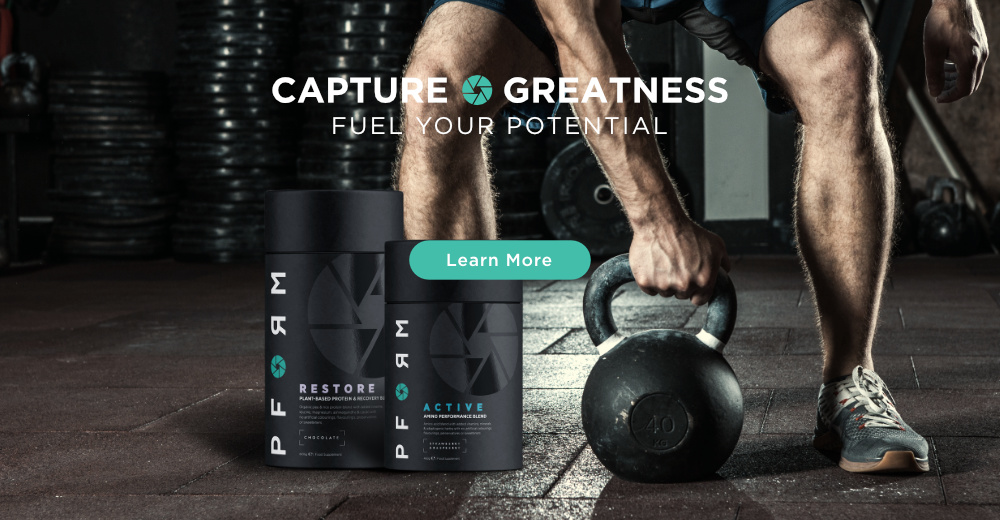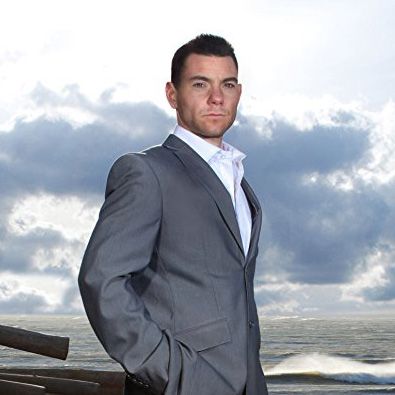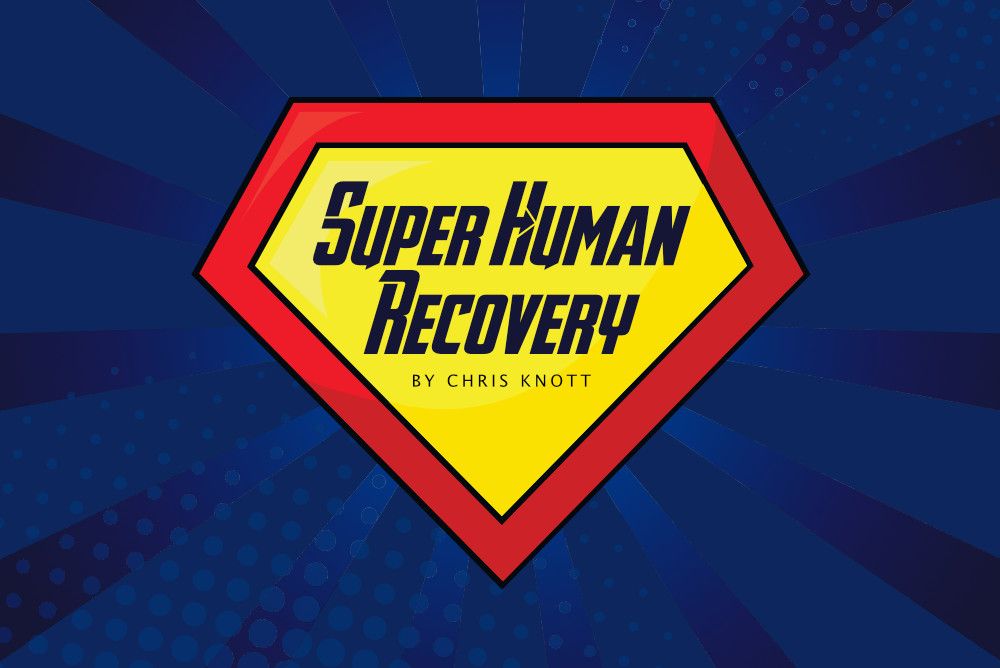
Superhuman Recovery Strategies
“Everyone wants to be a beast, until it comes to doing what beast’s do” – Eric Thomas. You may have heard this quote before on a motivational montage that you listen to before training. I used to. I did it so for years and always said to myself that I’ll train as hard as humanly possible no matter what the situation. Lack of sleep, still train hard. Missed a meal, still push myself to the limit. Emotional stress, distract myself and push it to the back of my mind. This is what beast’s do isn’t it?
Auto-Regulation: Your recovery starts in the gym
Unfortunately, my results did reflect my effort. Despite having a hardcore mentality, progress was over shadowed by injuries, frustration and declining lifting form. Having learnt through my mistakes I can tell you now that training is only one of many factors that contribute to strength and muscle gains. This article will explain what and why you should track various aspects of your life and why weight selection based on the scenario may be one of the greatest skills you ever learn.
The Basics: What is the Central Nervous System?
Your CNS is a network of fibres that runs throughout the body. Originating in the Brain stem, these fibres innervate muscles, organs and glands and provide them with chemical messages dictating how the brain would like them to perform. A very simple example would be; the brain thinks about moving the arm, regions of the brain associated with movement stimulate the nerve fibres, these nerve fibres then carry an impulse to the muscle, causing the muscle to move. Think of it as a wire connecting the TV to the plug socket. The TV is the muscle, the wire is the CNS and the plug socket is the brain. It’s a simple analogy but will help with the premise of the article.
All movement is not created equal
Day to day movement isn’t really too taxing. I say that, but I’ve never done a 16-hour shift of constantly throwing myself down a flight of stairs. Stunt doubles and adrenaline junkies aside, general walking, breathing and moving are pretty comfortable for the CNS.
Challenging movements provides two different scenarios for the body. Firstly, they can be metabolically demanding, i.e. deplete your muscles of glucose (energy) and secondly, they can be neutrally demanding, i.e. deplete your brain of the neurotransmitters (brain chemicals) that initiate movement through the CNS. The best way to replace these commodities is to sleep, rest and eat nutritious whole foods.
When we lift something heavy, we need to recruit more muscle fibres. Recruiting more fibres requires stronger, more amplified messages from the brain to the muscles. Now let’s revisit the plug socket analogy. If day to day movement is plugging in a hair dryer for 5 minutes a day, a 1 rep max deadlift is like plugging in a 50” HD Plasma screen TV and watching the Lord of the Rings trilogy back to back. It’s going to require a lot more energy from the power supply.
Where our bodies differ from an electrical output is that we only have a finite supply of energy for the day. Your strength capabilities are not a fixed commodity such as your name or age, they will vary on a daily basis depending on the quality of your recovery. Strength is only one factor. You would also have to consider stress, sleep, nutrition, accumulative fatigue (for advanced trainees) and daily emotional state (how you felt that day). Each of these factors becomes a multiple that contributes to a sum. The sum is ultimately how well you perform.
E.g. Each category is scaled from 1-10, 1 = very poor, 10 = optimal
Consider the above chart, we have athlete A and athlete B. Both are training for strength and have a heavy session planned where they intend to lift around 85-90% of their one rep max. As you can see, despite athlete B being stronger almost entirely across the board, just one anomaly in the factors that contribute to strength can significantly impair performance.
Take home point: Performance isn’t as much to do with being motivated or hardcore in the gym. It’s the amalgamation of astute planning revolving around allowing the body to properly recover. Now we’ve established this, let’s look at how programme design can be manipulated to enhance both recovery and results.
Strength in numbers: The classic periodisation model
If you’re into weight training, you’ll probably be aware of the intensity model of periodisation. The most popular template currently available is the Wendler 5/3/1 programme for powerlifting. This is where you incrementally ramp up weight by 10% per week whilst simultaneously reducing reps. It’s a simple yet effective way of structuring your training.
To work off percentages, you must first have a maximum value to refer to. This would be your one rep max. Now I’d argue that competition or true one rep maxes are not ideal to use for training purposes. However, the reasoning behind this would require a whole other article in itself. However, I can well and truly say that when it comes to strength training, honesty is invaluable. Never over estimate how much you can lift when calculating percentage. I did this for years and all I found was that I never progressed as much as I could have done.
The reason for explaining the variability in nervous system performance is so that you understand that your levels of strength can, and will, fluctuate on a daily basis. One day you may be able to lift 90% of your max for 3-4 reps, the next you may not even be able to move it out of the rack. Lifestyle factors and recovery capabilities will all dictate which day is which. We are not robots. If getting strong was as simple as a game of percentages and incremental increases in weight, world records would be being broken on a daily basis in gyms everywhere around the world.
How to recover in the gym: monitoring the CNS through auto-regulation
I’m a big fan of the phrase “stimulate, don’t annihilate” when it comes to strength training. When performance/perceived exertion exceeds a certain level, it’s time to back off, stop lifting and focus on the rebuilding process. The concept of auto-regulation is something I came across from Powerlifting legend Dave Tate. He explained that the art of weight selection can have a far greater impact on long term success and longevity than just “sticking to the programme”. As soon as quality of performance drops, the session stops. If rate of perceived exertion goes past a 9/10 AND you still have work to do, you run the risk of just engraining a faulty movement pattern or injuring yourself through stubbornness. Here are the best ways to regulate when you should consider either dropping working volume or finishing a workout:
- Your waking heart rate is 10% above average
- Your HRV is lower than normal
- You skipped a meal you’d usually have before training
- Your warm ups feel slow and laboured
- Your first working set is a 9/10 in terms of difficulty
- You can’t focus on training because something else is plaguing your mind
Take home point: Training should be linear, but it seldom is. If recovery is not properly managed then weights and percentages can lie to you and make you feel like you’re regressing. Learning how to adapt and re-structure training based on how you feel is an extremely potent tool for training longevity and long-term success.
Putting it all together: How to auto-regulate training
The auto-regulation of training very much depends on training your logical mind to overcome emotional attachments to lifting a weight. So, for example, some people go into the gym fixated on lifting a certain weight for a certain amount reps, i.e. I must squat 180kg x 5 today. Now it’s great to have a goal, but this puts far too much emphasis on the objective rewards of hitting a number and distracts from the subjective feelings of having a good training session. Yes, weight training is a number driven pursuit, but when numbers and numbers only are the goal, the chances of making more rash decisions with weight selection increase. Here are some scenarios I’ve found myself in and how I would recommend dealing with them.
The Good
“Never miss an opportunity to add more weight to the bar” – Charles Poliquin. I remember Charles saying this on a seminar and it really resonating with me. When you’re having a good day, it’s important to take advantage of it. Although I do agree with this, a personal best doesn’t always have to be an increase in weight. It can be an improvement in speed or form when using a given weight. Instead of focusing purely on bar weight, I like to train with the mantra “lift as if Charles Poliquin is watching you”. This will keep you honest no matter how you feel. For training longevity, when you feel great, push the load but aim for technique PB’s over bar weight.
The Bad
You wake up and can’t wait to head to the gym. Your food is prepped, bag ready, you down your pre-workout and are excited to crush your session. You’re doing your mobility drills, feel ready and get under the bar. For whatever reason, your warm ups feel a little bit off. You add another plate thinking it may just be that you’re not warm enough but low and behold the weight still feels slow and out of the groove. You load your first working set with the prescribed reps supposed to be 6-8. After 5 reps you have to re-rack the bar due to an excruciatingly slow, out of line rep. Sounds awful doesn’t it.
This type of scenario shouldn’t happen very often, but if you’ve trained long enough, you’ll know the exact feeling. When things are bad lower the weight, cut the volume and focus on your assistance work instead. Remember, recovery starts in the gym. Dragging yourself through a lack lustre workout is just going to reduce your capacity to recover for your next session. If things don’t feel right, it’s best to back off and think of your week ahead.
The Ugly
You’ve been working late and struggling to stay awake. Meals have been skipped, work stress is high and you’re contemplating hooking up an intra venous drip of coffee to your arm. Worst thing is, as you get in bed to fall into that blissful sleep you so deeply yearn for, you’re still wired and full of adrenaline from the day gone by. You have it in your head that you’re going to get up at 5am to train the next day. It’s a heavy session and going to require a lot of effort. The question is; what would a beast do?
Truth be told, in a situation like this, you have to think logically. If your next day is pretty quiet and you can go train then head home for a nap, then getting up and lifting may not be the end of the world. However, if you’re getting up to work out and then have a 12-hour day ahead of you, you must look at the risk-rewards behind training.
You can only train as hard as you recover. If you’re ability to recover is being compromised due to lifestyle factors, training results will be impaired. Cast your mind back to the multiple factors that contribute to performance. Remember your strength and programme is only one commodity that reflects performance. When things get ugly, think about earning the right to train again through enhancing nutrition and sleep, rather than sending yourself further into a deficit and causing more harm than good.
Take Home Point: Recovery starts in the weights room. The person who makes incremental 1% gains will yield better results than the person who smashes themselves to bits and takes days to recover. By putting more emphasis on your recovery, you will be amplifying your ability to push yourself harder. This comes from sleep, nutrition, stress management but starts will learning how to properly modulate the intensity of your workouts.


